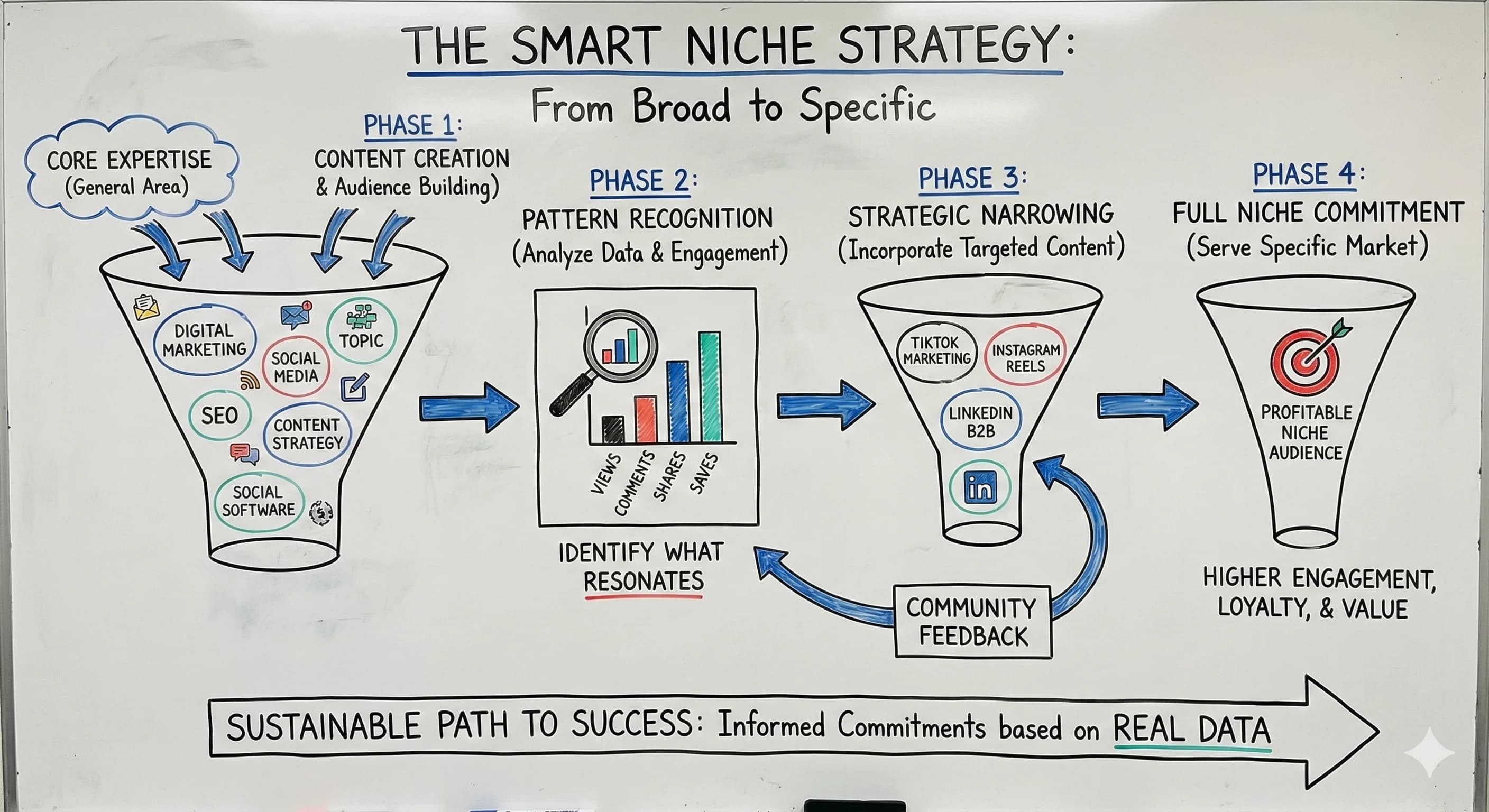From Broad to Specific: The Smart Niche Strategy Every Content Creator Needs
Stop rushing into a niche too early. Learn how successful content creators use broad-to-specific positioning to find their most profitable audience.
•5 min read
Details

Loading content...

